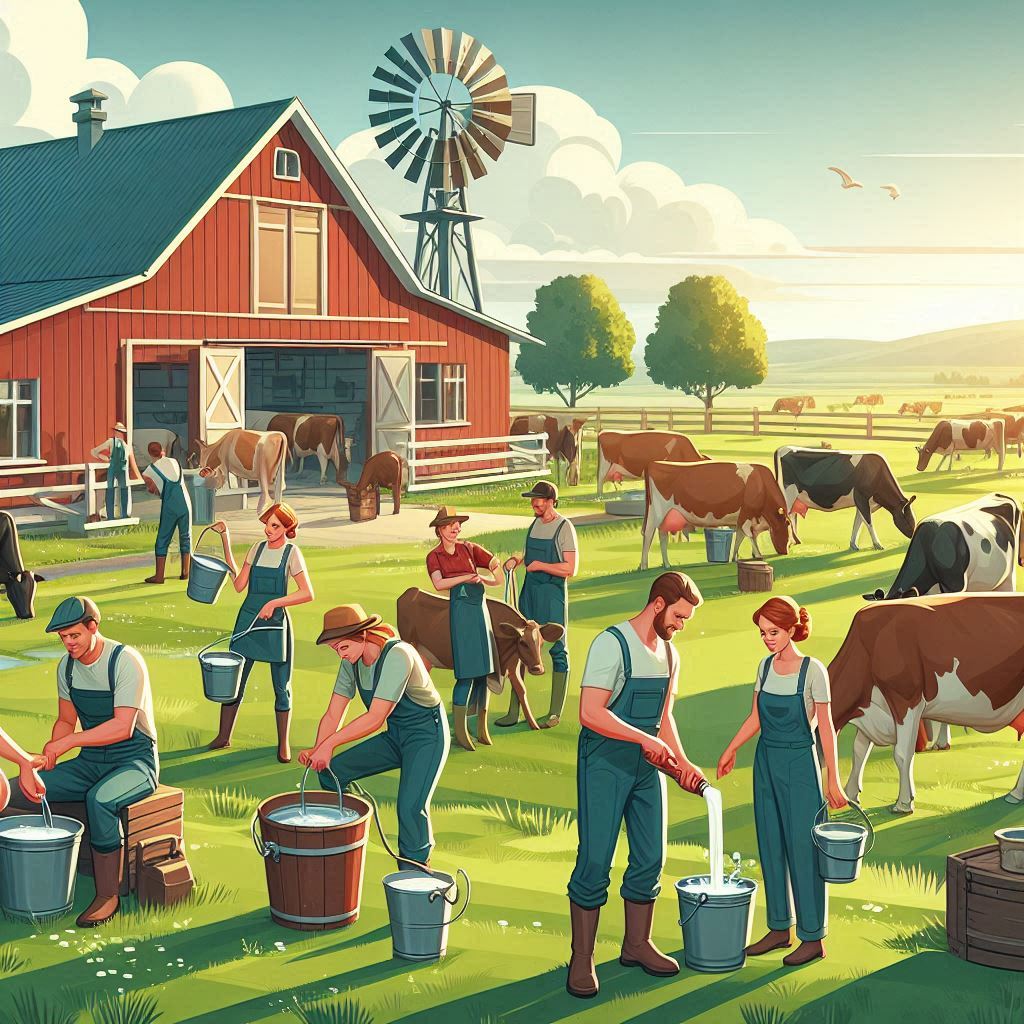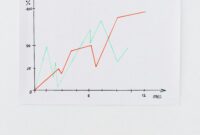Business Intelligence (BI) in dairy farming is revolutionizing the industry by introducing advanced data analytics and decision-making tools. These technologies enable farmers to enhance productivity, optimize operations, and improve the overall health and well-being of their livestock. In this article, we will explore the trends and benefits of using Business Intelligence in dairy farming.
Understanding Business Intelligence in Dairy Farming
Business Intelligence involves the use of data analysis tools and software to make informed business decisions. In dairy farming, BI tools help in collecting, analyzing, and interpreting data related to milk production, animal health, feed management, and other critical aspects of the farming process.
Trends in Business Intelligence for Dairy Farming
The integration of Business Intelligence in dairy farming is driven by several key trends:
1. Data-Driven Decision Making
Modern dairy farms are increasingly relying on data-driven decision-making processes. By leveraging BI tools, farmers can access real-time data on milk yields, cow health, and feeding patterns. This data helps in making informed decisions that enhance productivity and efficiency.
2. Precision Farming
Precision farming involves using advanced technologies to monitor and manage dairy farming operations with high precision. BI tools facilitate precision farming by providing detailed insights into soil quality, weather conditions, and crop health. This information allows farmers to optimize their farming practices and improve milk production.
3. IoT Integration
The Internet of Things (IoT) is playing a significant role in transforming dairy farming. IoT devices, such as smart sensors and wearables, collect data on cow behavior, health, and environmental conditions. This data is then analyzed using BI tools to provide actionable insights for improving animal welfare and farm management.
4. Predictive Analytics
Predictive analytics is another important trend in dairy farming. By analyzing historical data, BI tools can predict future trends and outcomes. For instance, farmers can forecast milk production levels, identify potential health issues in cows, and optimize feed management practices.
Benefits of Business Intelligence in Dairy Farming
The adoption of Business Intelligence in dairy farming offers numerous benefits, including:
1. Improved Milk Production
BI tools enable farmers to monitor and analyze milk production data in real-time. By identifying patterns and trends, farmers can make adjustments to feeding and milking routines, resulting in increased milk yields.
2. Enhanced Animal Health
Maintaining the health of dairy cows is crucial for a successful farming operation. BI tools help in tracking and analyzing health data, such as weight, temperature, and activity levels. This information allows farmers to detect early signs of illness and take preventive measures to ensure the well-being of their livestock.
3. Optimized Feed Management
Effective feed management is essential for maximizing milk production and maintaining animal health. BI tools provide insights into the nutritional needs of cows and help in optimizing feed formulations. This leads to better feed efficiency and reduced costs.
4. Efficient Resource Utilization
BI tools enable farmers to optimize the use of resources, such as water, energy, and labor. By analyzing data on resource consumption, farmers can identify areas for improvement and implement strategies to reduce waste and enhance efficiency.
5. Better Financial Management
Business Intelligence tools also aid in financial management by providing detailed insights into farm expenses and revenues. Farmers can track costs, analyze profitability, and make informed decisions to improve financial performance.
Implementing Business Intelligence in Dairy Farming
To fully leverage the benefits of Business Intelligence, dairy farmers need to implement the right tools and technologies. Here are some steps to get started:
1. Invest in IoT Devices
Equipping your dairy farm with IoT devices is the first step towards implementing BI. Smart sensors, wearables, and other IoT devices collect valuable data on various aspects of farming operations.
2. Choose the Right BI Software
Selecting the right BI software is crucial for analyzing and interpreting the collected data. Look for software that offers real-time data analysis, customizable dashboards, and predictive analytics capabilities.
3. Train Your Staff
Ensure that your staff is trained to use BI tools effectively. Provide training sessions and resources to help them understand how to collect, analyze, and interpret data.
4. Monitor and Analyze Data
Regularly monitor and analyze data to gain insights into farm operations. Use the data to make informed decisions and continuously improve your farming practices.
5. Stay Updated with Trends
Stay informed about the latest trends and advancements in Business Intelligence and dairy farming. Attend industry conferences, read research papers, and network with other farmers to stay ahead of the curve.
Conclusion
Business Intelligence in dairy farming is transforming the industry by providing valuable insights and data-driven decision-making capabilities. By adopting BI tools and technologies, dairy farmers can improve milk production, enhance animal health, optimize feed management, and achieve better financial performance. As the industry continues to evolve, staying updated with the latest trends and advancements in BI will be crucial for maintaining a competitive edge.
FAQs
1. What is Business Intelligence in dairy farming?
Business Intelligence in dairy farming involves using data analysis tools and software to make informed decisions related to milk production, animal health, feed management, and other aspects of farming operations.
2. How does BI improve milk production in dairy farming?
BI tools help farmers monitor and analyze milk production data in real-time, allowing them to make adjustments to feeding and milking routines for increased milk yields.
3. What role does IoT play in dairy farming?
IoT devices, such as smart sensors and wearables, collect data on cow behavior, health, and environmental conditions. This data is analyzed using BI tools to provide actionable insights for improving animal welfare and farm management.
4. How can predictive analytics benefit dairy farming?
Predictive analytics helps farmers forecast future trends and outcomes by analyzing historical data. This enables farmers to optimize feed management practices, identify potential health issues in cows, and predict milk production levels.
5. What are the key steps to implementing BI in dairy farming?
Key steps include investing in IoT devices, choosing the right BI software, training staff, monitoring and analyzing data, and staying updated with trends in BI and dairy farming.



